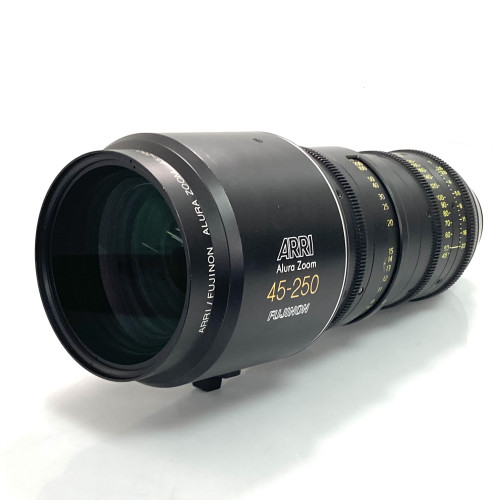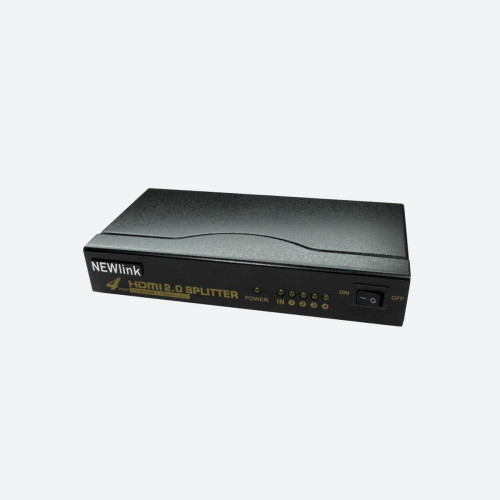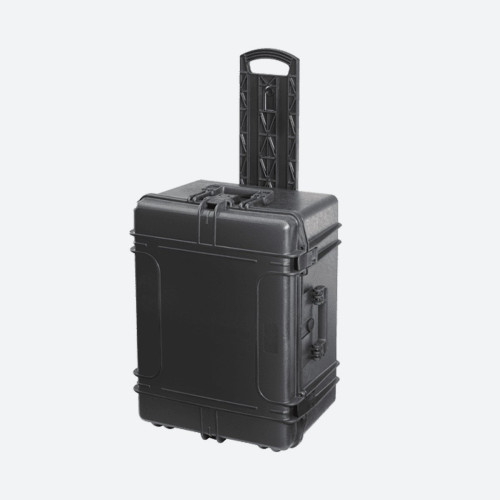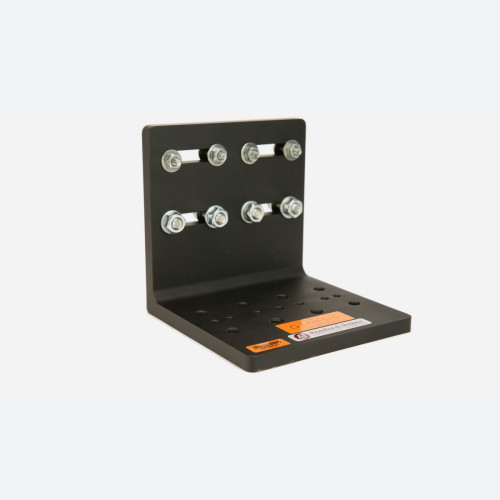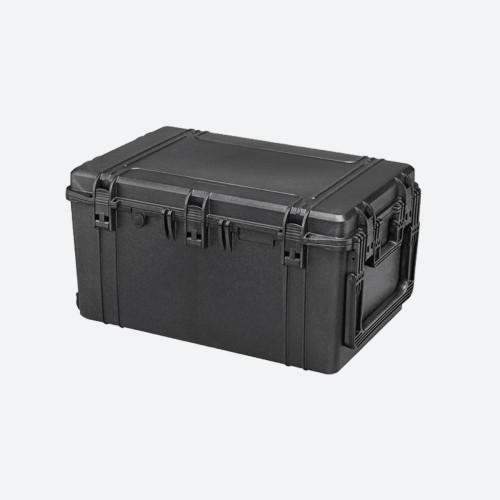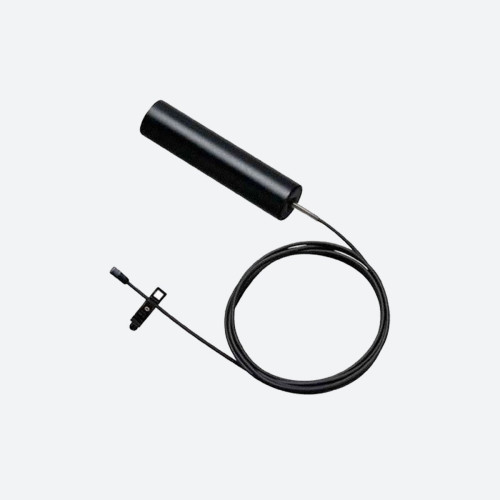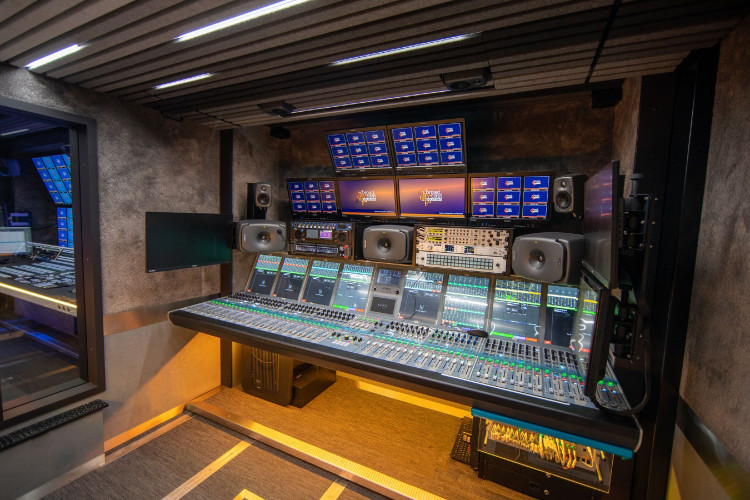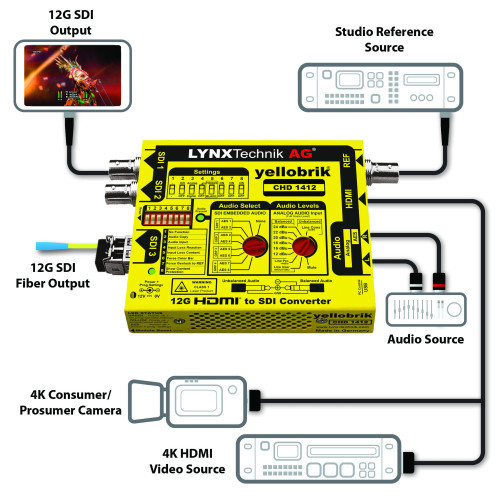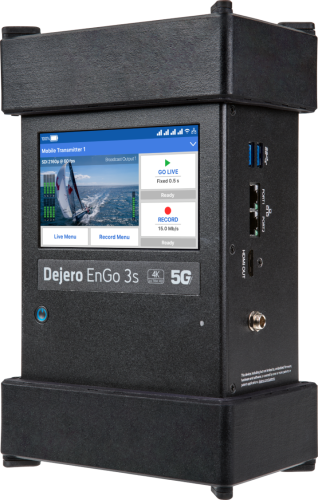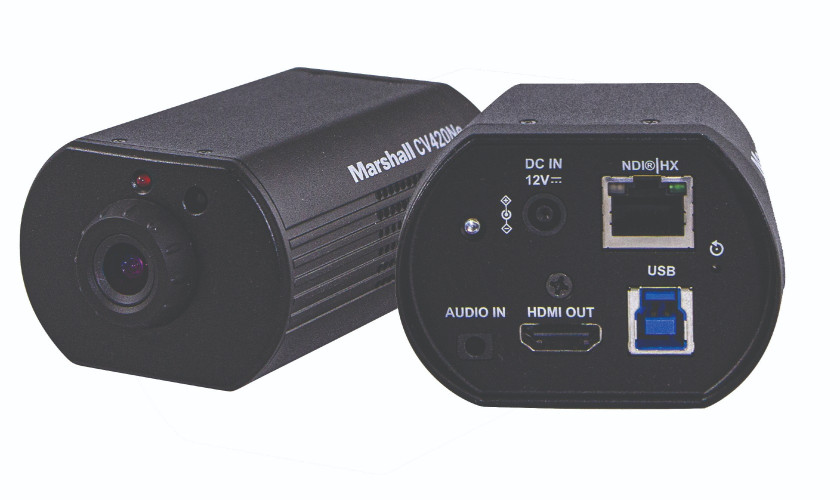Is 4K the end of the line?

Author: Robin Palmer
Published 1st July 2013
In my TV-Bay April 2013 article I mused over the familiar BNC connector and was it at the end of its line as far as broadcast interconnections were concerned. It’s been around a long time, the BNC was invented in the late 1940s primarily for military radio frequency and microwave interconnections but then became the standard for baseband video connection. However since digital video became commonplace its role has constantly evolved with the technologies’ needs.
For standard definition a 270 MHz serial clock speed is well within the ordinary BNC's acceptable parameters. With HD digital TV signal serialisation is taken to 1.5 GHz via HD-SDI. This allows a 10 bit 4:2:2 in any HD image format to be carried over a single 75 ohm coaxial cable (but much higher spec), still with the same old trusted BNC at the end. The so called 3G standard serialises the digits at 3 GHz to allow for HD 4:4:4 in RGB and higher frame rates too in 4:2:2.
Recently announced at NAB 2013 this April comes 6G: UHD-SDI at 6GHz (6000 MHz) clock rates. The purpose of this further leap is to allow 4K TV signal interconnection over a single coax cable. This will avoid the present need of current 4K products to use quad–link HD-SDI on four BNCs per input or output. Blackmagic has uniquely previously offered dual link 3G to get 4K-4:2:2 on its Decklink 4K extreme capture card. But this is about to change. The new version of the Decklink 4K card has 6G-SDI on one BNC. The new Blackmagic Production Camera 4K has a single 6G: UHD-SDI output socket. These and other 6G connected product launches by Blackmagic this spring are made possible by the advances in chip technologies.
Semtech (who took over Gennum last year) and MindSpeed have developed the necessary chip sets to provide the 6G serialisation, cable driving and receiving interfaces. Cambridge Connectors and others are making BNCs capable of 6G operation. There are no details of any 6G technical standards available at the time of writing to know what 6G should be able to do. A revised SMPTE-424M which presently covers 3G-SDI, has yet to be published. This could mean future interoperability worries.
At 4K data rates 6G may not be wide enough for all roles. Importantly 3G allowed 4:4:4:4 RGBA data in a single cable, or 60p frame-rates at 19201080. But 6G will probably only allow 4K 4:2:2 at frame rates up to 30 Hz. Anything higher would need some form of compression: something not done on present SDI links. Users needing 4K in 4:4:4 RGB are likely to have to resort to dual-link 6G-SDI as an alternative to quad-link HD-SDI already commonly available.
Some people make think that moving up to 4K they can use their existing BNC cables, connections and routers. This is unlikely at 6G because the frequencies are going to be at the extreme edge of what copper connected coaxial cable can do. If you look at Belden’s cable chart, this shows the maximum transmission distance at various data rates. 6G is not on their chart yet, but the trend is for much shorter distances of cable at the higher clock rates. 6G UHD-SDI could be tiny compared with 1.5G HD-SDI.
Blackmagic Design seems to be the first company with 4K 6G: UHD-SDI connected products: there are bound to be more. But it will remain to be seen just how well they can be connected with BNC coupled cables.
Has the BNC and copper coaxial cable been pushed to its final practical limit with 4K on 6G: UHD-SDI? Only with optical connections is there the enormous bandwidth to provide sufficient headroom for 4K, 8K, high frame rates and 4:4:4:4 and anything else we might desire in the future. It could all on one link, but unlikely to have a BNC on the end.
Robin Palmer is Managing Director of Cel-Soft and is fascinated by solutions for 3D & TV quality control and measurement technology.



